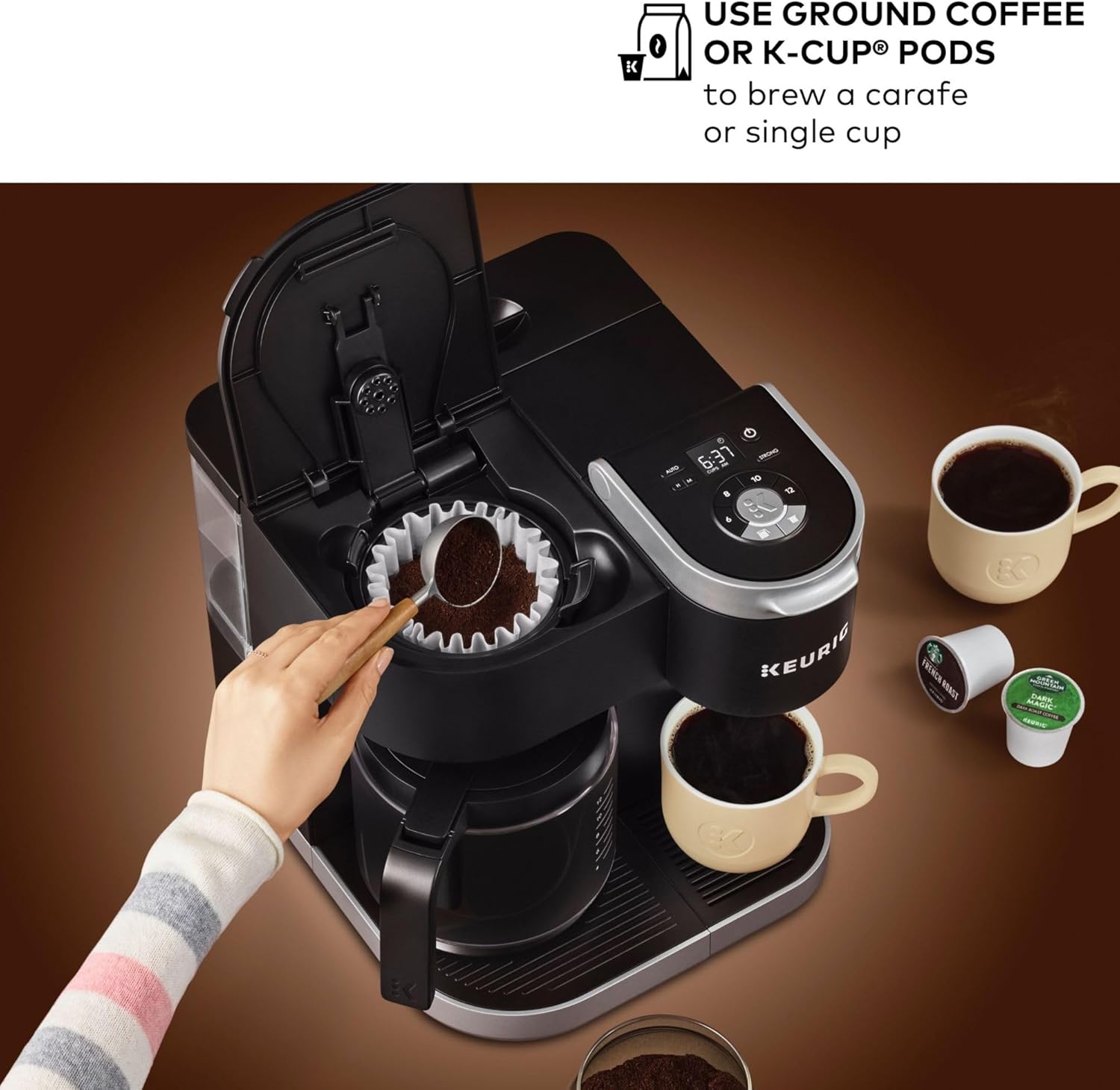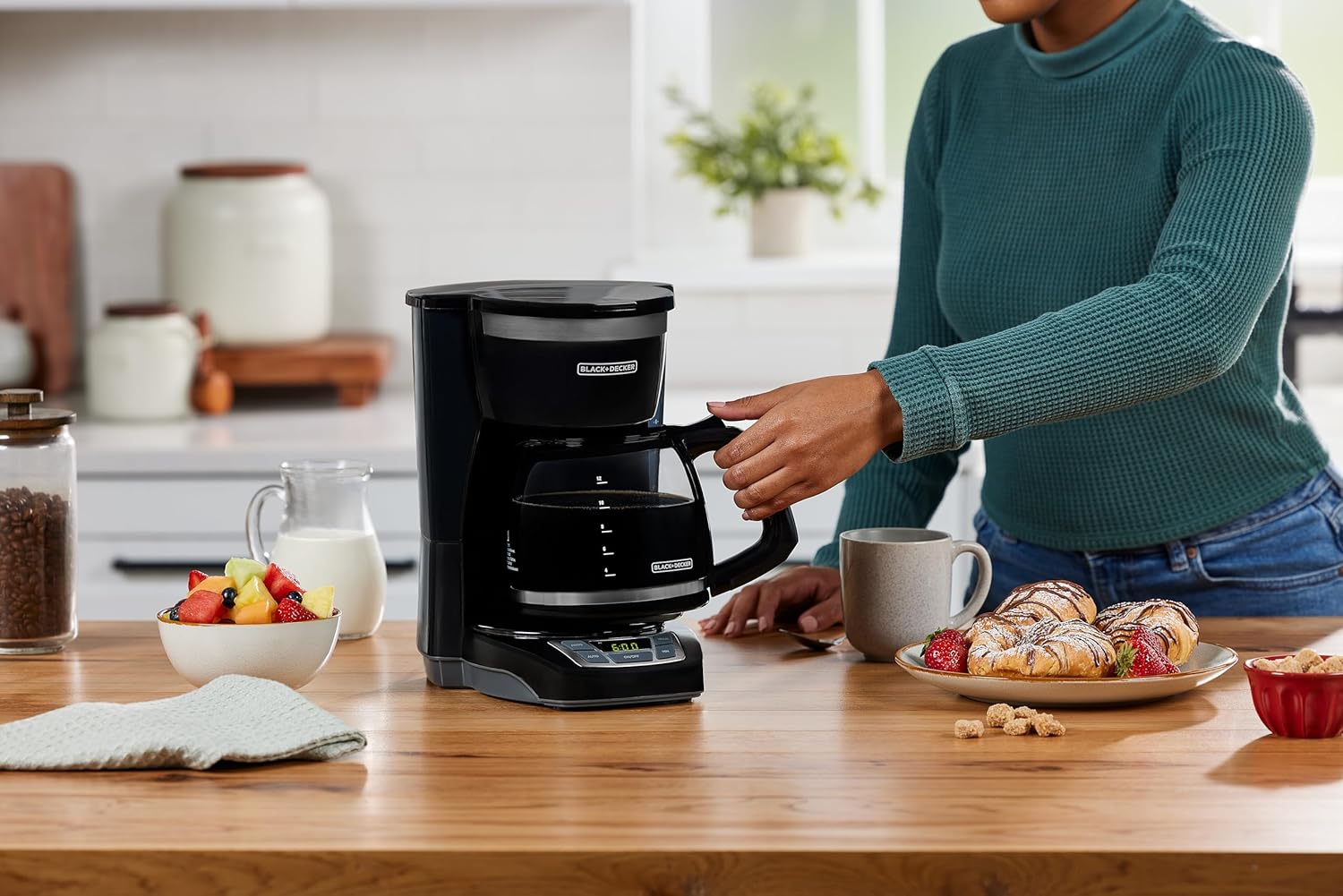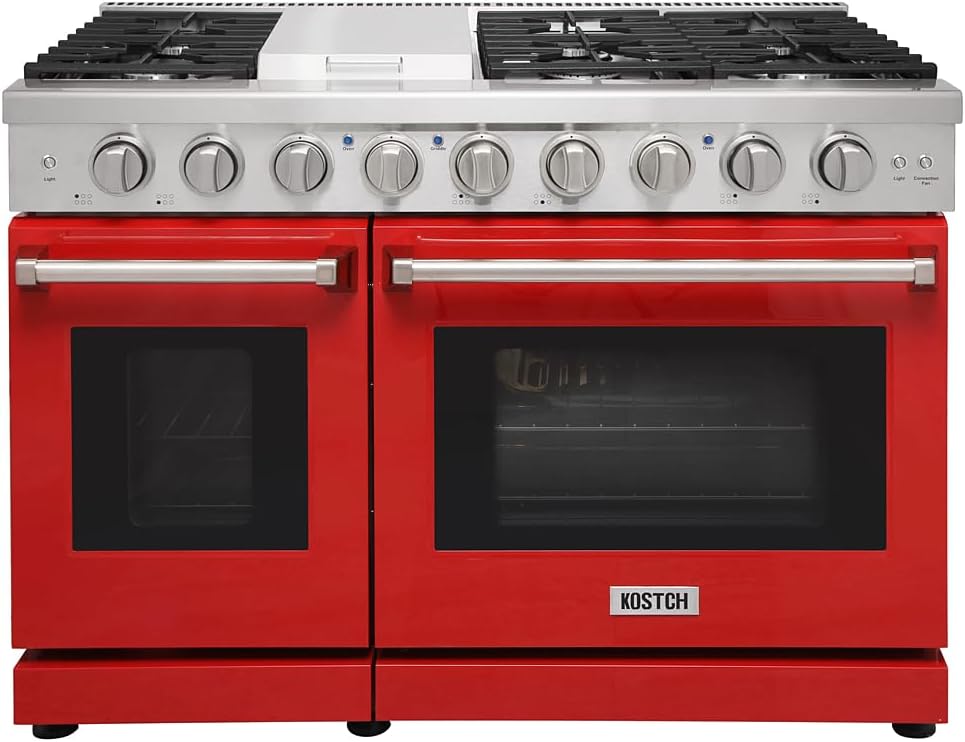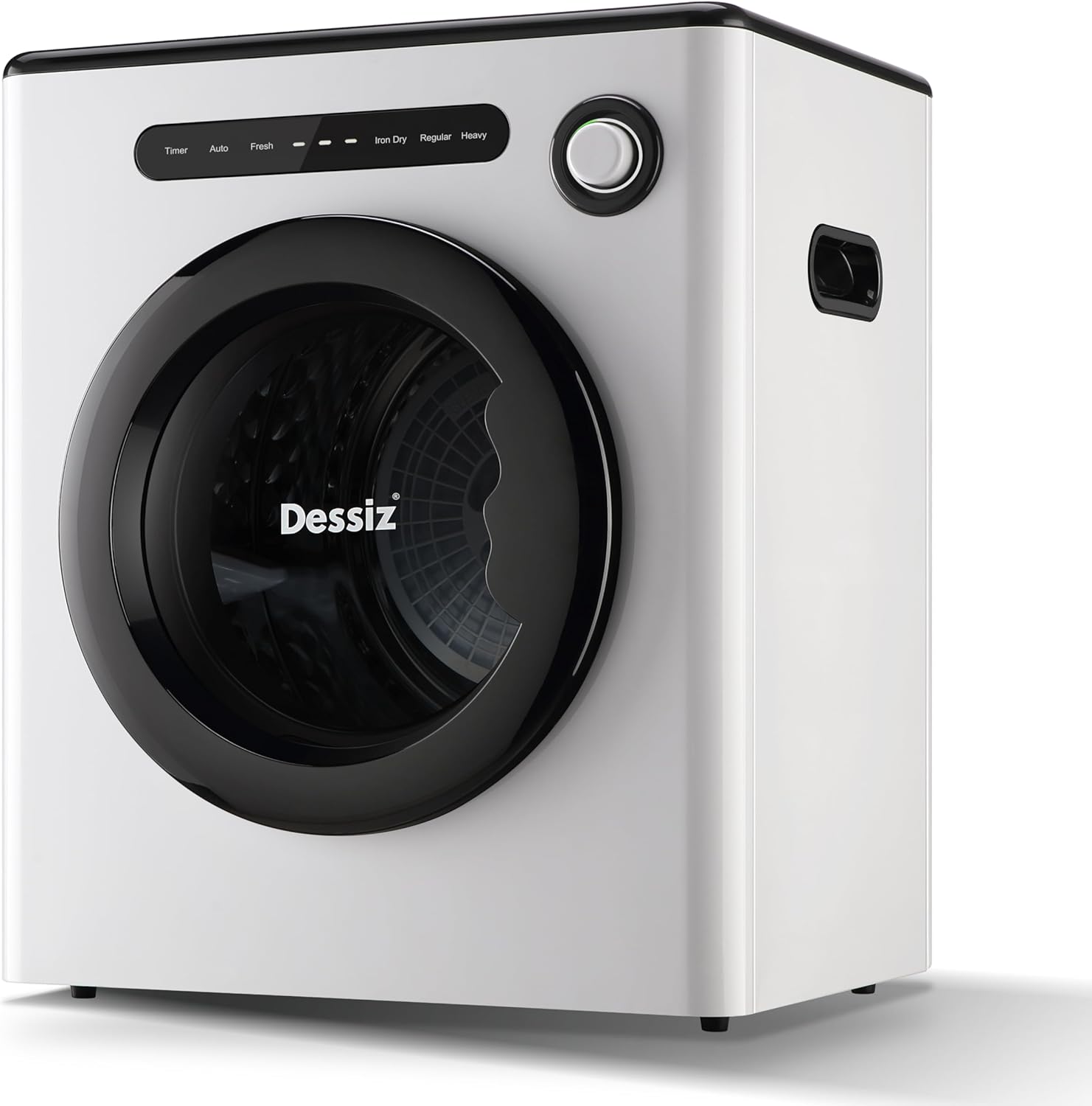True confession: The first time I saw the Keurig K-Duo, I was almost convinced it would turn my kitchen into a high-speed café. It promised single cups for those bleary-eyed mornings and a full carafe for visiting family—or, as it turned out, for my marathon Zoom meetings. But in my pursuit of the perfect brew (and counter space), I learned that every feature has a backstory—a few charming, a few infuriating, all worth a deeper look. Let’s dig into the realities behind this popular dual brewer—a journey fueled as much by caffeine as candor.
Brew Versatility: Dream or Daily Dilemma?
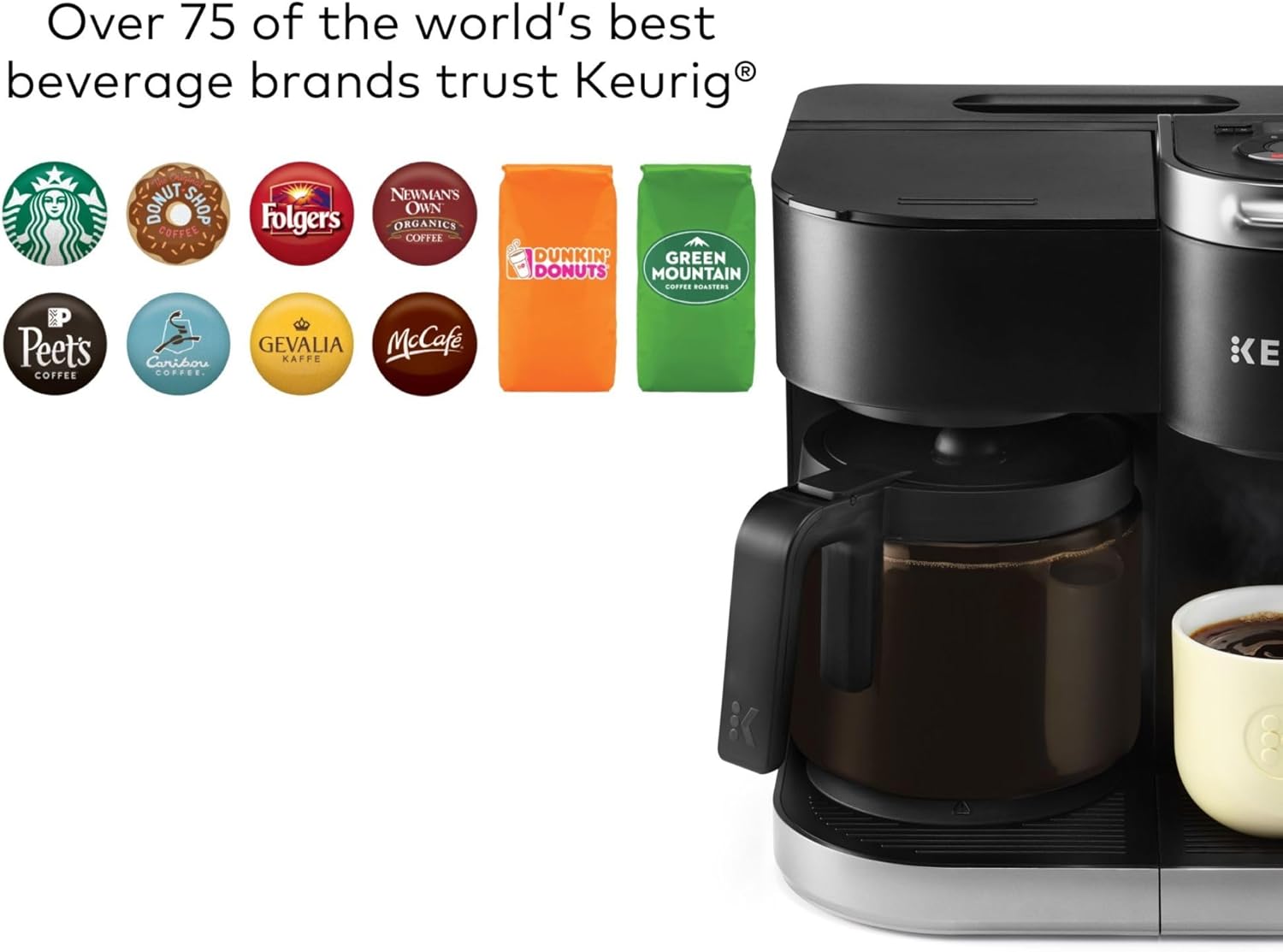
If you’ve ever stood in your kitchen, torn between brewing a single cup or a full pot, the Keurig K-Duo review is probably what you’re searching for. This dual coffee maker K-Cup and carafe system promises to be the answer for both solo sippers and caffeine-fueled gatherings. But does it deliver on the dream, or is it just another daily dilemma in disguise?
Single-Serve and Carafe: The Flexible Fantasy
The K-Duo’s biggest selling point is its flexibility. You can pop in a K-Cup for a quick, mess-free cup before work, or scoop in your favorite grounds for a carafe to share (or, let’s be honest, to keep refilling your own mug). The multi-brew coffee maker design means you’re not boxed into one routine. It’s the “best of both worlds”—at least, on paper.
Single cup sizes: 6, 8, 10, or 12 oz
Carafe sizes: 6, 8, 10, or 12 cups (5 oz each)
Shared 60 oz reservoir: Less refilling, but sometimes more confusion
Research shows that users love this kind of versatility, especially in busy households or for those who entertain guests. Still, sharing one reservoir for both modes can lead to some “who drank all the water?” moments.
Programmable Coffee Brewer: Convenience, with a Catch
The programmable coffee brewer feature is a highlight for anyone who dreams of waking up to the aroma of fresh coffee. Set the auto-brew for the carafe, and in theory, you’ll rise to a full pot ready and waiting. But here’s the catch: you need to set the auto-brew function each time. If the reservoir isn’t full enough, the machine won’t brew—an intentional safety feature, but one that’s tripped up more than a few sleepy users.
As one reviewer put it,
The machine does exactly what it says it will do, day in and day out. – Me
But only if you follow the instructions (and keep that reservoir topped up).
Strong Brew: For the Bold and the Brave
Not all coffee is created equal, and neither are coffee drinkers. The K-Duo’s Strong Brew button is a nod to those who want their morning cup to pack a punch. Whether you’re brewing a single cup or a full carafe, this feature amps up the intensity. It’s a simple touch, but for many, it’s a game-changer.
Pause & Pour: Instant Gratification
Ever get impatient waiting for the whole carafe to finish? The Pause & Pour feature lets you sneak a cup mid-brew—no drips, no mess, just a quick caffeine fix. It’s the kind of small detail that makes the K-Duo stand out in the crowded world of multi-brew coffee makers.
Shared Reservoir: Genius or Gimmick?
The 60 oz removable water reservoir is both a blessing and a curse. On one hand, it means fewer trips to the sink. On the other, it’s easy to lose track of how much water is left, especially if you’re switching between single cups and carafes. Some users find this setup confusing, especially early in the morning when brain cells aren’t firing at full speed.
And let’s not forget the machine’s size: at 12.76"D x 10.94"W x 12.92"H, it’s not exactly petite. If counter space is at a premium, this could be a dealbreaker.
Auto-Shutoff & Energy Efficiency
The K-Duo gets a nod for energy efficiency, with auto-shutoff features for both sides: five minutes for single-serve, two hours for the carafe. The warming plate keeps your pot hot, but won’t keep running all day. It’s a small thing, but it adds up—especially for those who forget to turn things off.
SVG Chart: Brew Modes & Features Comparison
Keurig K-Duo Brew Modes & Features
Single Cup: 6/8/10/12 oz
Carafe: 6/8/10/12 cups (5oz)
Auto-Shutoff: 5 min
Auto-Shutoff: 2 hrs
K-Cup compatible
Strong Brew
60 oz shared reservoir
Ground coffee
Programmable auto-brew
Pause & PourSingle ServeCarafe
In the end, the Keurig K-Duo is a multi-brew coffee maker that tries to be everything at once. For many, it hits the mark—especially if you value options and don’t mind a little morning troubleshooting. For others, the quirks and shared reservoir might make it feel more like a daily dilemma than a dream machine.
Leaks, Frustrations & the Great Carafe Conundrum
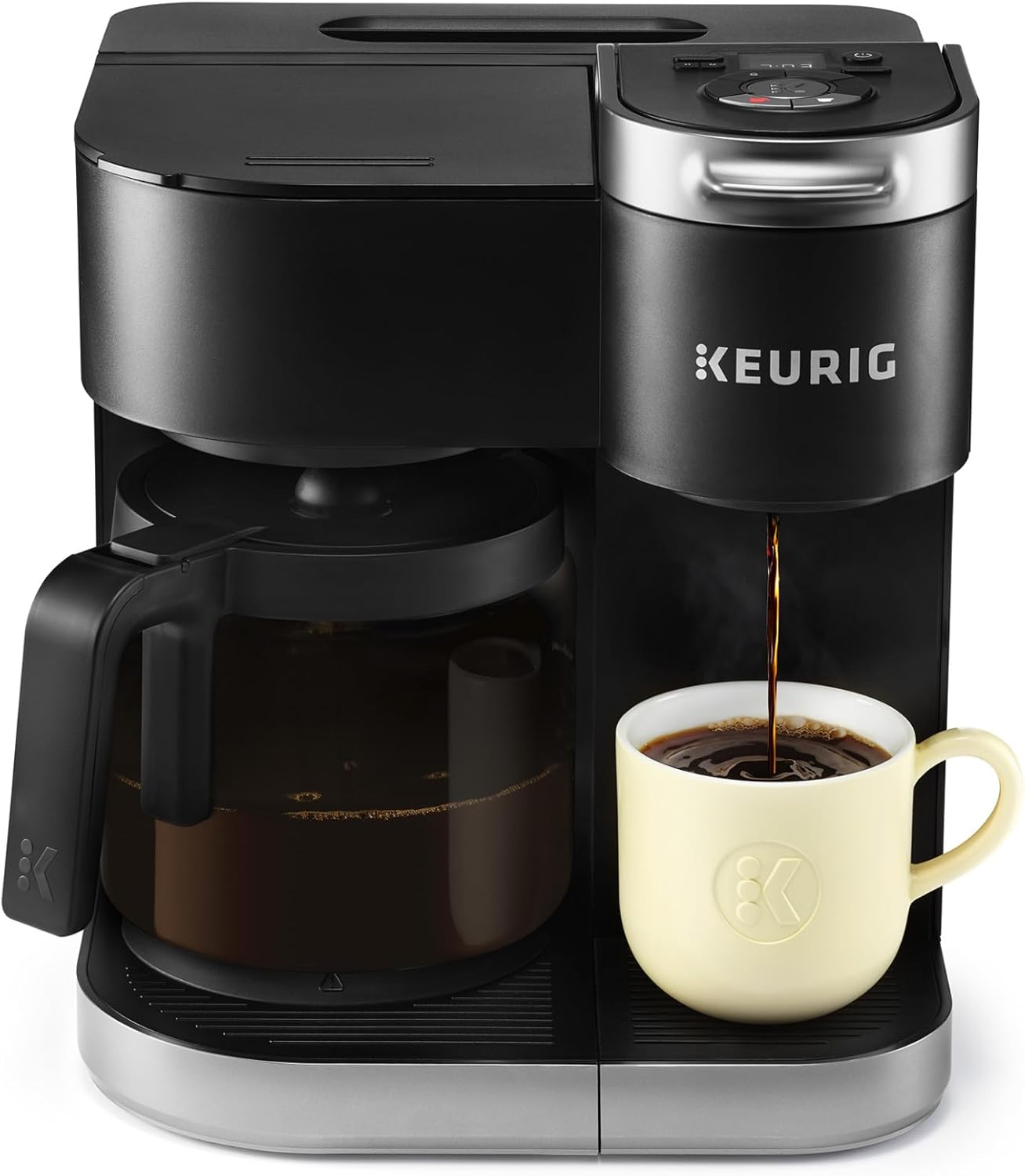
Let’s get real about the Keurig K-Duo: for every smooth morning brew, there’s a puddle of coffee lurking on the counter. If you’ve searched for leaking coffee carafe issues, you’re not alone—this is one of the most persistent K-Duo complaints out there, and it’s not just a matter of user error. The carafe’s design seems to invite drips, spills, and the occasional full-on coffee flood, no matter how careful you are.
Scroll through the 28,900+ reviews, and you’ll spot a pattern: the carafe leaks. Sometimes it’s a slow drip, other times it’s a dramatic pour-over-the-edge moment. Some users have gotten creative, pouring their morning cup over the sink or laying down a towel as a sacrificial barrier. Others have simply adopted a kind of resigned patience, pouring slowly and hoping for the best. As one reviewer put it, “All one has to do is slow down when pouring. The wide spout is conducive to pouring quickly. Me, myself, I pour my coffee over the sink so any drips or drops go in it.”
But here’s the kicker: replacing the carafe doesn’t always fix the problem. In fact, for some, it’s become a ritual. One user, Annie-O, shared a saga that’s almost hard to believe: “The carafe leaks repeatedly every single time you pour a cup of coffee. It runs all over the counter then onto the floor. They have replaced the carafe for me several times but the result is the same… I am now on my 4th replacement Keurig coffeemaker. They have replaced the carafe now 6 times.” According to Keurig customer support, this isn’t even unusual. Annie-O was told, “...it's not uncommon to replace the carafe 6-7-8 times...”
It’s not just the carafe, either. The K-Duo has a few other quirks that keep users on their toes. Some machines shut off mid-brew, leaving you with half a cup and a sense of betrayal. Others make mysterious pump noises or require a bit of Google sleuthing to reset warning lights or finish a descale cycle. One reviewer described having to perform a manual reset after the descale light refused to turn off, pressing and holding two buttons in a secret sequence just to get back to brewing.
Despite these headaches, Keurig customer support does get points for responsiveness. They’re quick to replace defective carafes and entire machines, sometimes without even asking for the old ones back. But here’s where things get murky: the replacements often come with the same issues. Research shows that while 70% of reviews are glowing 5-stars, a significant 11% are 1-star, with leaking coffee carafe issues and other defects as the main culprits. The cycle of replacement and disappointment can feel endless for some. As Annie-O bluntly puts it: “The last representative told me that 'THIS PRODUCT HAS BEEN LABELED DEFECTIVE'. They still sell them.”
What’s especially frustrating is the inconsistency. Some users report their K-Duo working flawlessly for years, while others experience failures in less than two months. One customer summed it up: “The machine is a great concept but they really need to review its function. Each time, I have requested to return the defective parts but they don't want it back. I want them to see/use the product to fully understand what they are selling.”
So, what’s a coffee lover to do? For now, it seems the best defense is a good towel and a healthy dose of patience. If you’re dealing with K-Duo complaints, reaching out to Keurig customer support is a must—they’ll likely send you a new carafe or even a new machine. Just don’t be surprised if you find yourself on a first-name basis with your UPS driver.
Statistic | Details |
|---|---|
5-Star Reviews | 70% |
1-Star Reviews (mainly leaks/defects) | 11% |
Reviews Count | 28,900+ |
Most Carafes Replaced (One User) | 6+ |
Most Machines Replaced (One User) | 4+ |
Failure Timeframe | As little as 2 months, some last a year or more |
According to Keurig, their customer service informed me that they are aware of problems with this machine. – Annie-O
A Maintenance Reality Check: Living with the K-Duo Long-Term
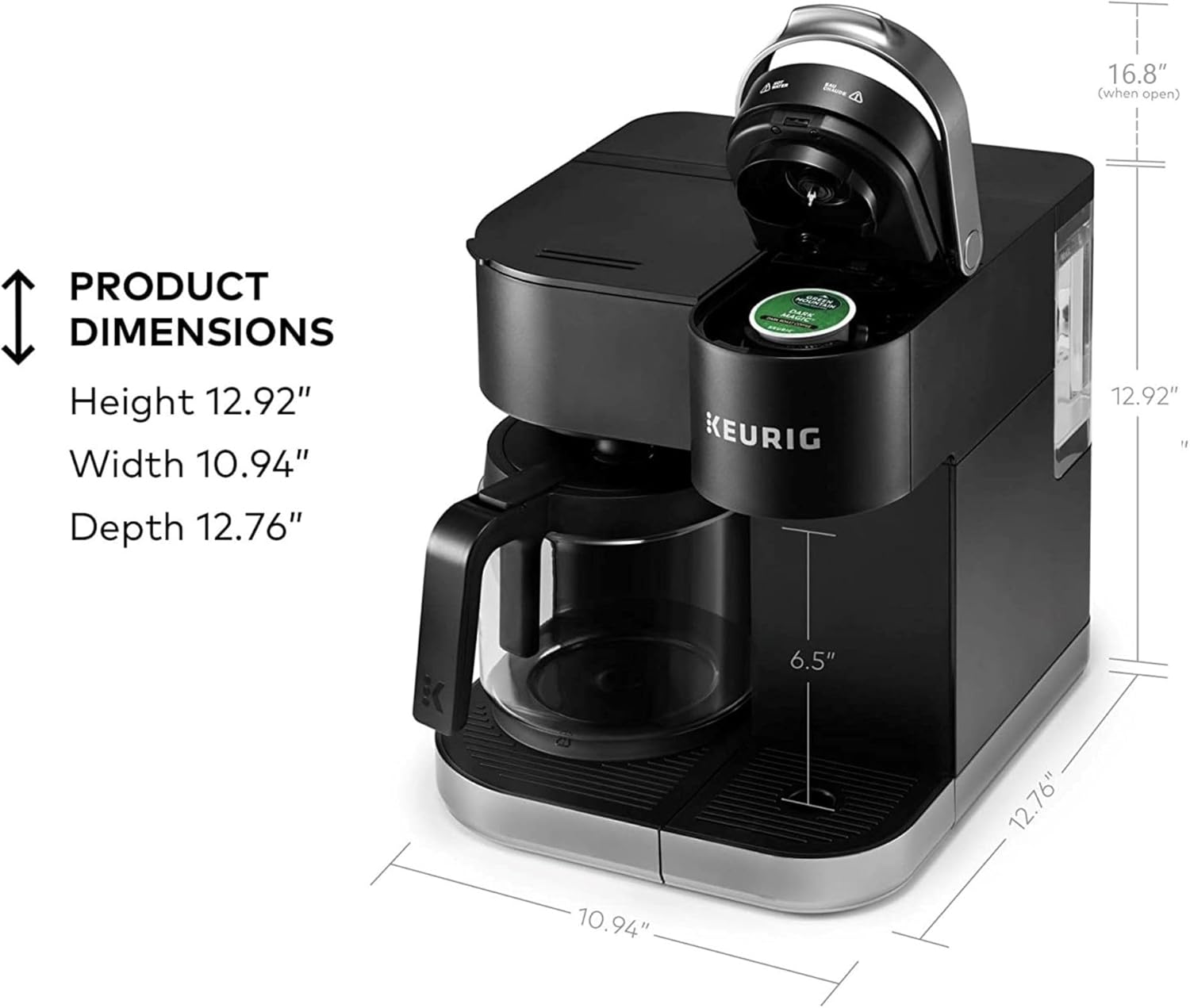
Let’s be honest: behind every programmable coffee brewer, there’s a reality that doesn’t always make it into the glossy product descriptions. The Keurig K-Duo is no exception. If you’re searching for coffee machine maintenance tips or weighing your options after reading a Keurig K-Duo review, it’s important to know that owning this machine is a bit like adopting a high-maintenance pet. It’ll reward you with convenience and flexibility, sure, but it also demands a certain level of attention—and sometimes, a little patience.
First up, descaling. This isn’t just a suggestion buried in the manual; it’s a recurring event on your calendar. Descale every three months—that’s the official line. But if your water is hard or you’re brewing multiple pots a day, you might find yourself reaching for the descaling solution even more often. And yes, research shows that using a dedicated descaling solution works better than vinegar, especially when it comes to stubborn mineral build-up. One user summed it up perfectly:
“I descale about every 3 months. Depending on your water, you may have to descale more often, or less depending on your use.” – Me
But here’s where the K-Duo gets quirky. After you’ve dutifully run the descaling cycle, you might notice that the descale warning light stubbornly refuses to turn off. It’s not broken—just a bit secretive. The fix? Hold down the 8-cup and 10-cup buttons for five seconds while the power is on. It’s the kind of trick you only learn after a frantic Google search with coffee-deprived hands. This little ritual, while not exactly intuitive, becomes part of the long-term ownership experience. Resetting warning lights and sourcing the right cleaning solutions is just part of the routine.
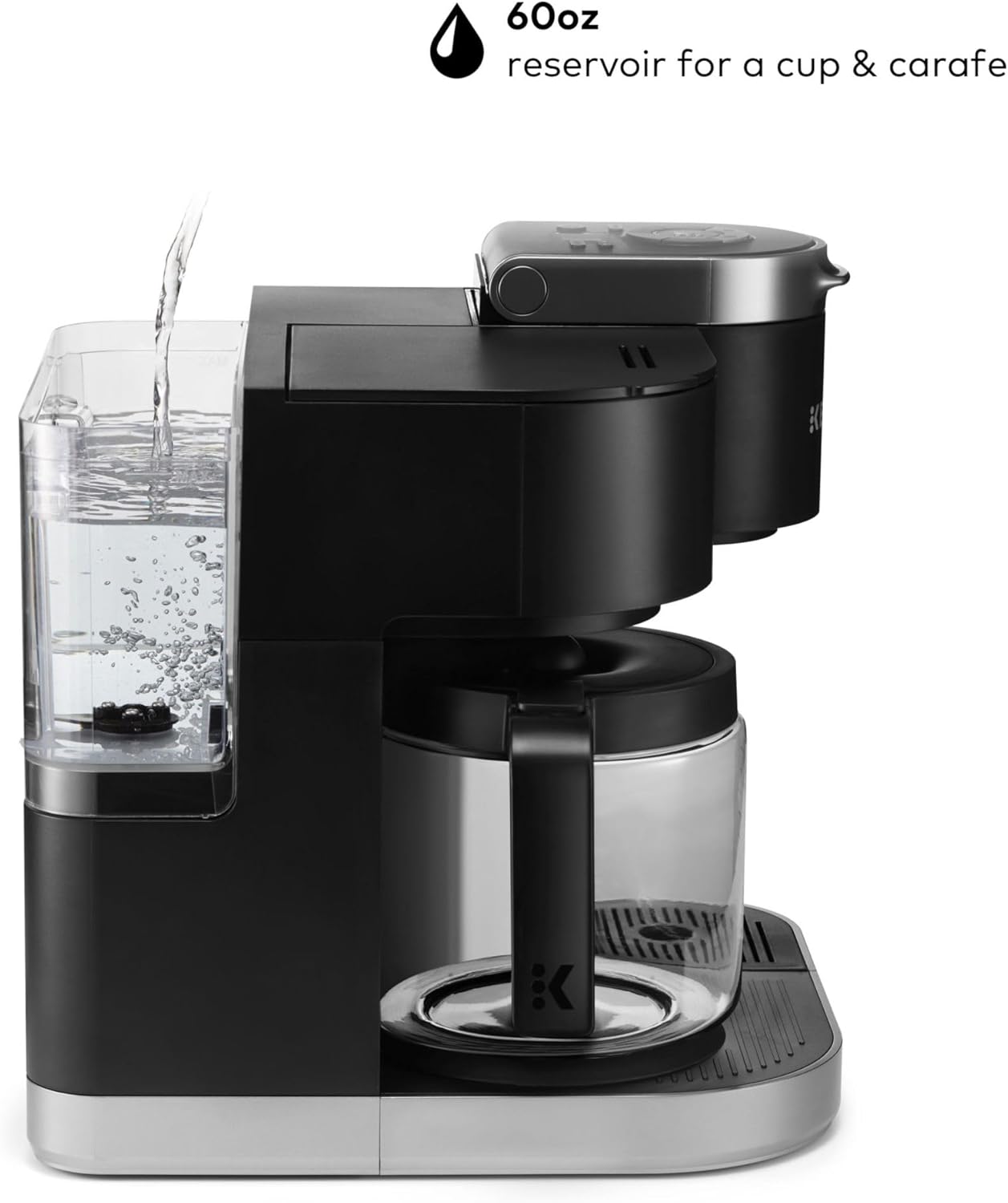
And then there’s the cleaning. The K-Duo’s parts are not dishwasher safe. Every piece—carafe, reservoir, filter basket—needs manual washing. For a machine that retails around $169.99 new (or $89.07 used), you might expect a bit more in terms of easy maintenance. The glass carafe, in particular, is a double-edged sword: it stains quickly and feels a bit delicate, though it rarely breaks if handled with care. Still, you’ll want to be gentle. A little extra caution goes a long way, especially if you’ve already invested in replacement filters or a gold mesh filter (which, by the way, isn’t included).
Speaking of hidden costs, let’s talk about the extras. Descaling solution, replacement filters, and even the occasional carafe add up over time. These aren’t deal-breakers, but they’re worth factoring into your budget. The 60 oz reservoir is generous, but it also means more surface area to keep clean, and more opportunities for scale to build up if you let maintenance slide.
Now, not every K-Duo owner will run into major issues. Plenty of users report years of reliable brewing with only minor hiccups. But dig a little deeper into reviews and you’ll find stories of leaky carafes, stuck warning lights, and the occasional machine that simply refuses to brew. Keurig’s customer service is responsive—sometimes replacing machines or parts multiple times—but the fact that these issues crop up at all is a reminder: the K-Duo is a programmable coffee brewer that rewards diligence, not neglect.
If you’re the type who enjoys a hands-on relationship with your kitchen gadgets, the K-Duo can be a satisfying companion. You’ll learn its quirks, master its reset codes, and maybe even develop a fondness for the ritual of cleaning and descaling. But if you’re hoping for a true “set it and forget it” experience, you might find the maintenance demands a little more than you bargained for.
In the end, living with the Keurig K-Duo is about embracing the full spectrum of coffee machine maintenance tips: regular cleaning, timely descaling, and a willingness to troubleshoot when things get weird. It’s not always smooth sailing, but for many, the payoff—a fresh cup or carafe, brewed just the way you like it—is worth the effort. If you’re ready for a little extra hands-on care, this programmable coffee brewer might just earn a permanent spot on your countertop.
